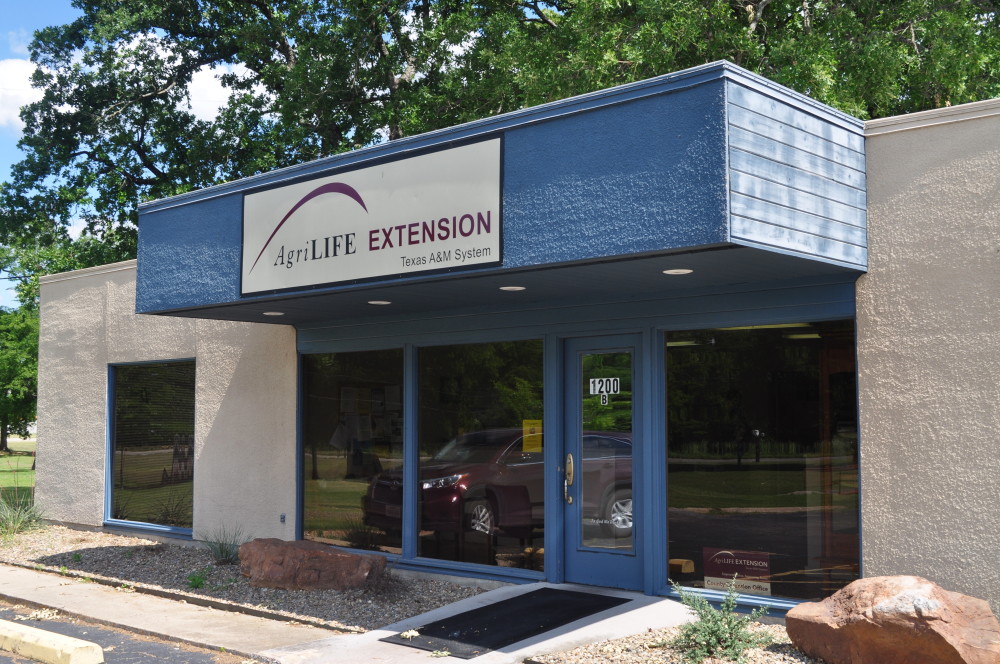
Since people first learned to graft plants, a myriad of grafting techniques have been developed. In The Grafter’s Handbook, Garner enumerates and describes some forty different grafts. Success in grafting depends not only on a technically correct graft but in preparation of the scion and rootstock for graftage.
Equally critical are the optimum time for grafting, and proper aftercare. With high labor costs, only a few of the more efficient grafts are utilized in United States woody ornamental nurseries, including the side veneer, splice (whip graft), and whip-and-tongue graft; use of approach and repair graftage is limited. With fruit crops, depending on the species, a number of different apical, side, and root grafts are utilized around the world.
Vegetable grafting has increased dramatically worldwide—and is commonly done in Asia and Europe where land is intensively used and crops are not rotated. Grafting onto rootstock resistant to soil pathogens and environmental stress helps increase yield and reduce chemical usage.
For example, some of the most important grafts with cucurbit vegetables (melon, squash) include hole insertion grafting, tongued approach, and one cotyledon graft (also known as the splice, slant, or the Japanese tube graft). Some robotic vegetable grafting machines can produce 800 grafts per hour. With the intention of learning current grafting techniques in Vegetables, The Texas A&M AgriLife Extension- Hopkins has organized the Tomato Grafting workshop in cooperation with the Hopkins County Master Gardeners.
The session will be conducted by Dr. Joe Masabni, Extension Vegetable Specialist in Overton. The Tomato Grafting workshop will be February 7, 2019 at 1:00 PM at the Hopkins County Extension Office located at 1200B Houston Street in Sulphur Springs. The cost of the training is $10. This training is a hand-on workshop limited to 30 participants in a first-come basis. Call 903-885-3443 to register. Attendees will keep 2 grafted plants (Maxiflora+Celebrity).







